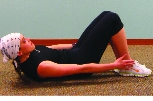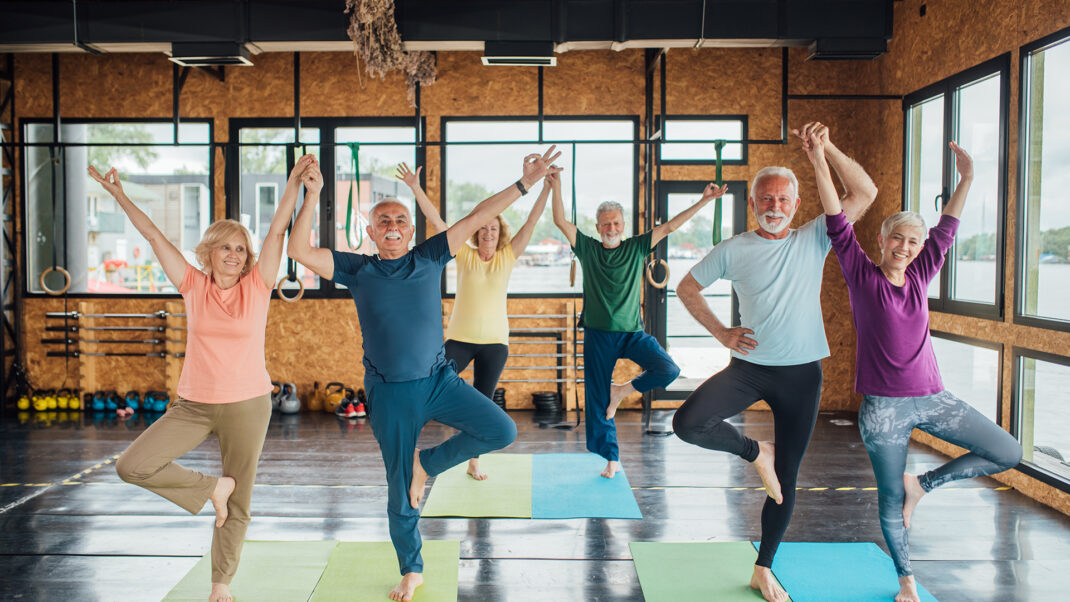Core Design
Use specific criteria to help your participants see real results.

There are seemingly endless issues to consider regarding exercise selection, execution and class design. Abdominal/trunk/core exercises tend to receive a lot of attention because people are usually more concerned with how their mid sections look rather than, say, their shins. As a result of this hyper awareness, numbers in core-themed classes are often high, and so are expectations. This makes your job more difficult, because increased numbers bring increased disparity in ability levels and needs. Thankfully, there’s no need to ditch your favorite moves; you can take your existing arsenal of core exercises and systematically maximize their potential.
CorEvaluation™ is a simple method of checks and balances. This quick reference guide not only helps you choose the best exercises but also assists you in determining each movement’s effectiveness, timeliness and safety. Additionally, you can take a traditional core exercise and enhance its functionality. In the list below, the first five criteria address individual exercises while the rest encourage well-rounded class design. Apply this creative approach to any core exercise selection.
CorEvaluation: A Guide for Class Design
1. Does the benefit of performing this exercise outweigh the potential risks?
2. Does this exercise achieve fatigue in a timely fashion?
3. Is this exercise feasible for the majority of my participants?
4. Does this movement overuse the hip flexors? If so, how can it be modified?
5. Can lever-length options be used as modifications?
6. Does the core segment include exercises that encourage lifelike, three-dimensional movement?
7. Does the core segment encourage body balance (front/back, right/left)?
8. Does the core segment include stability/balance challenges?
9. Does the core segment include exercises in the standing and prone positions?
10. Does the core segment include an isometric exercise?
Supine Ankle Reach
The supine ankle reach is a staple core exercise in many routines. Participants should feel this lateral side-bend in the oblique muscles and should also feel a stretch along the opposing side. It is by no means a “bad” exercise—in fact, it works just fine—but it is particularly difficult to execute with proper form. The novice may have a hard time keeping the shoulder blades off the ground while reaching toward the ankle. There can also be a degree of discomfort in the neck, as well as friction between the low back and the floor. Consequently, some participants may stop before becoming fatigued.
Kneeling Partner Ball Pass
By using the checklist, you can make a few adjustments to the supine ankle reach to give participants more bang for their buck. The result? The kneeling partner ball pass on the BOSU® Balance Trainer. This exercise is not only more challenging but also more fun! Add the extra weight of the medicine ball, and a participant can achieve fatigue faster in this upright position. The ball pass doesn’t exhaust the hip flexors—it stretches them. There is noticeable lever-length challenge with the arms straighter and more directly overhead. The movement pattern is three-dimensional and very lifelike. It encourages body balance between the left and right sides, is a stability challenge and gets you off your back. The possibilities are endless! In addition to the proprioceptive challenge, partner work adds smiles to participants’ experience in class. If people can’t kneel, they can stand either on the BOSU Balance Trainer for additional stability challenge or on the floor. If you do not have medicine balls or they are inappropriate for your clientele, you can achieve results with an unweighted ball or no ball at all.
Cameron Chinatti is the assistant group exercise director and Pilates coordinator at Lake shore Athletic Club–Flatiron in Boulder, Colorado. She is also a faculty member and presenter for Sunshine Fitness Resources. Contact her at [email protected].





